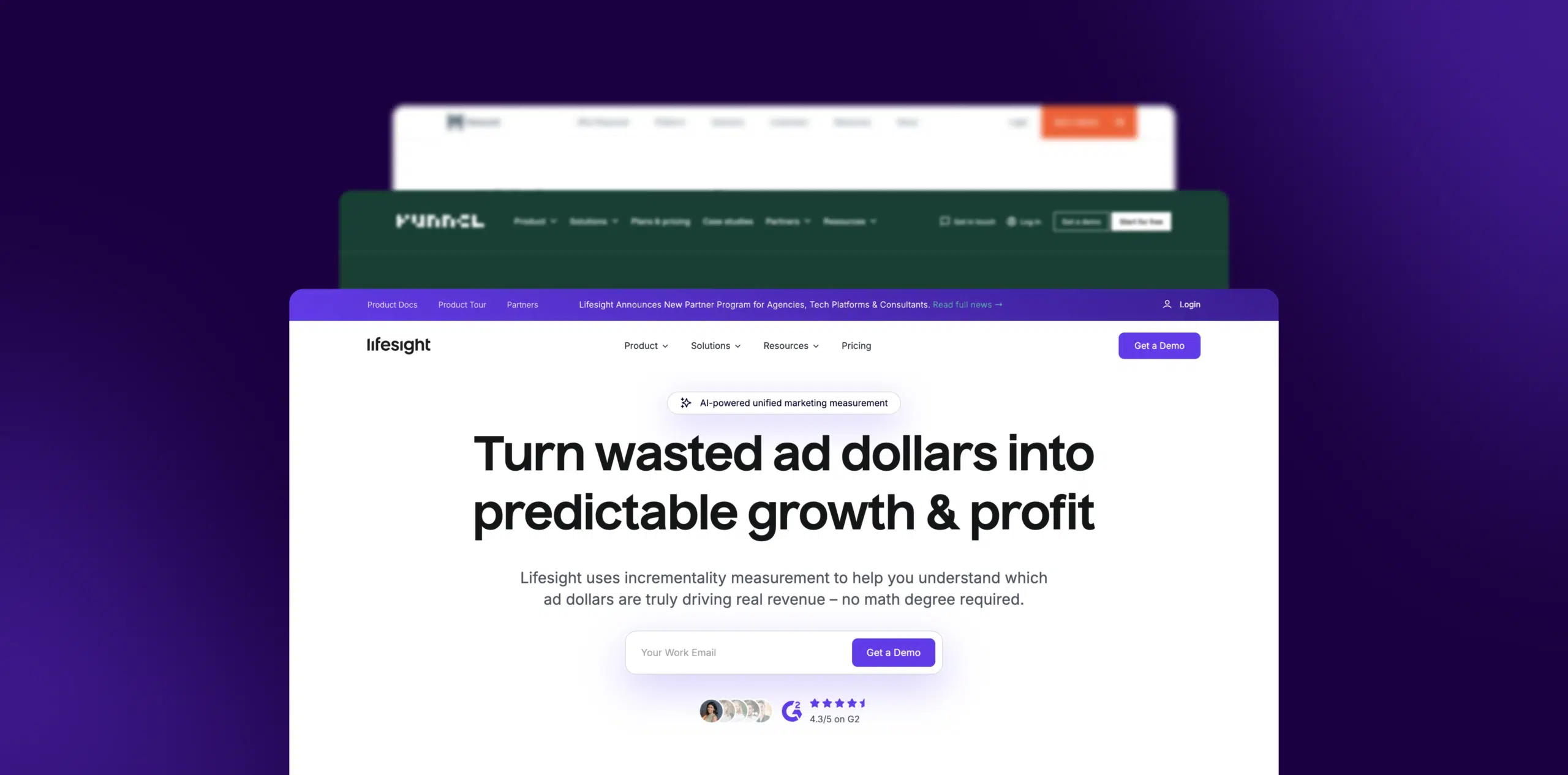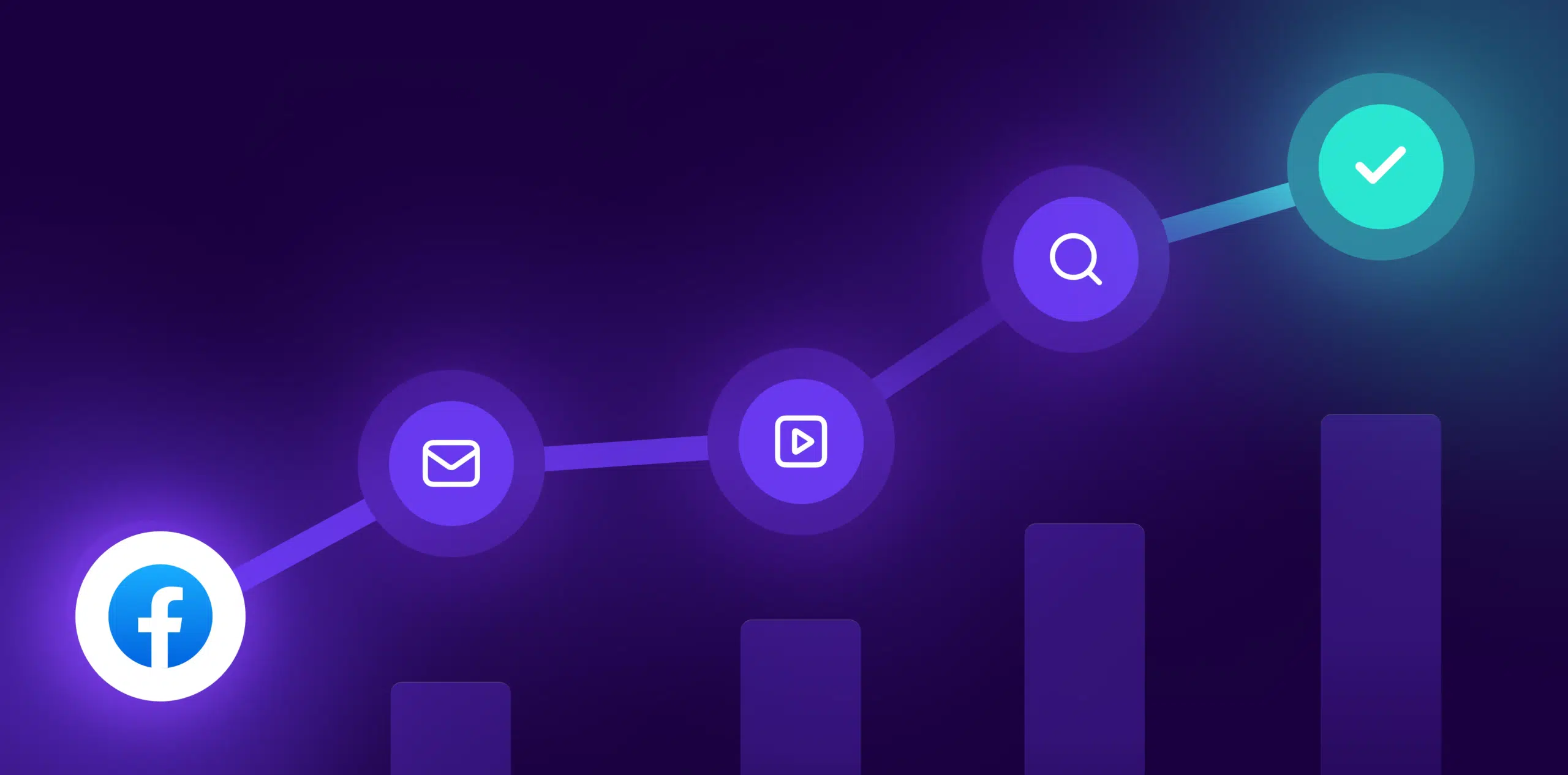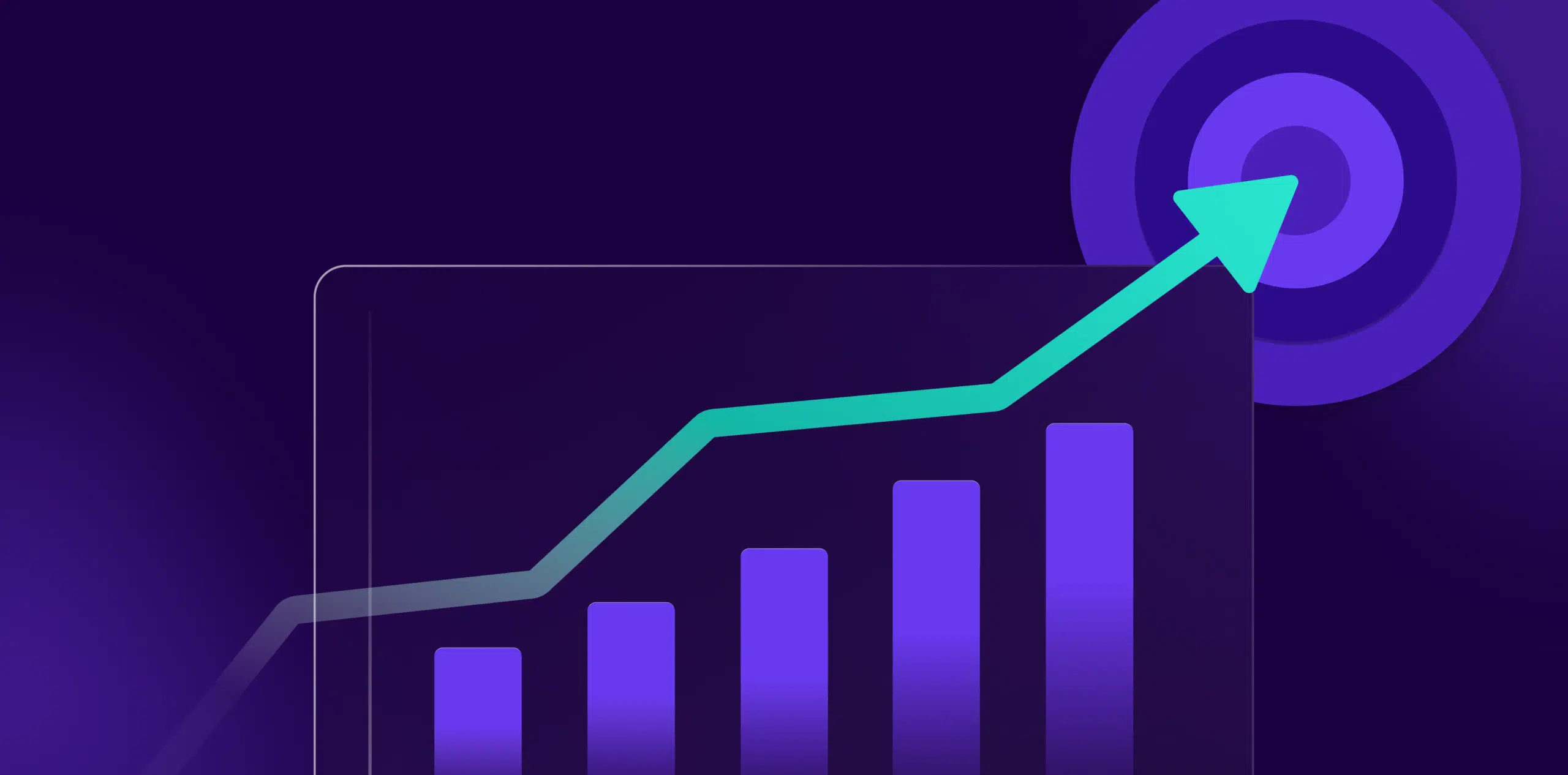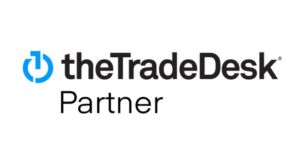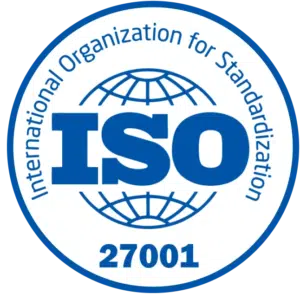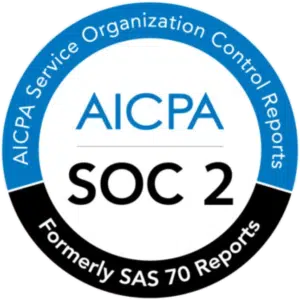What is Skim Pricing?
Skim Pricing, also known as price skimming, is a pricing strategy where a company sets a high price for a new or innovative product initially and then lowers it over time as the market becomes saturated and competition increases. This approach aims to capture maximum revenue from early adopters willing to pay a premium for the product’s novelty or unique features.
Formula
Initial High Price → Gradual Price Reductions
This strategy leverages the initial high demand and willingness to pay among early adopters before adjusting prices to attract a broader customer base.
Example
For example, a tech company might launch a new smartphone with cutting-edge features at a premium price of $1,200. Over the next year, as newer models are introduced and competition grows, the price is gradually reduced to $800 to attract more price-sensitive customers.
Why is Skim Pricing important?
Skim Pricing is important because it helps companies maximize early revenue, recover research and development costs quickly, and create a perception of quality and exclusivity. It can also deter competition by establishing a strong market presence early on.
Which factors impact Skim Pricing?
Several factors can influence the success of Skim Pricing, including the uniqueness and perceived value of the product, the presence of competitors, and the price sensitivity of potential customers. Effective marketing and clear communication of the product’s unique benefits are crucial for this strategy.
How can Skim Pricing be improved?
To improve Skim Pricing effectiveness, companies should conduct thorough market research to understand customer segments, carefully plan the timing and scale of price reductions, and continuously monitor competitor actions and market trends. Enhancing product features and maintaining a strong brand image can also support higher initial pricing.
What is Skim Pricing’s relationship with other metrics?
Skim Pricing is closely related to metrics like Price Elasticity of Demand, Market Penetration, and Customer Lifetime Value (CLV). While Price Elasticity measures how sensitive customers are to price changes, Market Penetration tracks the product’s adoption rate, and CLV estimates the long-term revenue from customers.
Free essential resources for success
Discover more from Lifesight




